STATS TAIJI DRIVE SEASON 2015-16
BOTTLENOSE DOLPHINS
Quota for 6 Month Season was 462
244 Driven into the Cove
66 Killed for consumption
98 Sold into slavery to Dolphinariums.
80 Driven back out to sea
164 total stolen from the sea
(298 more allowed to be stolen)
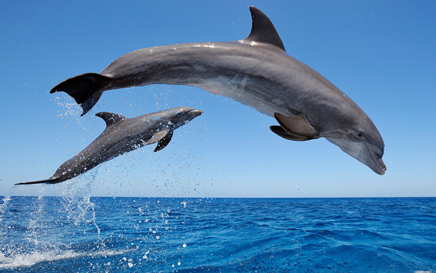
PANTROPICAL SPOTTED DOLPHINS
Quota for 6 Month Season was 400
0 Driven into the Cove
0 Killed for consumption
0 Sold into slavery to Dolphinariums.
0 Driven back out to sea
0 total stolen from the sea
(400 more allowed to be stolen)
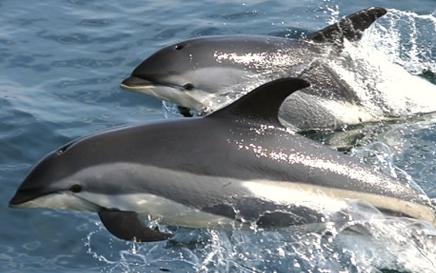
PACIFIC WHITE SIDED DOLPHINS
Quota for 6 Month Season was 134
4 Driven into the Cove
4 Sold into slavery to Dolphinariums.
(130 more allowed to be stolen)
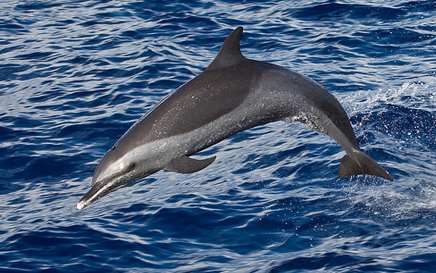
RISSO DOLPHINS
Quota for 6 Month Season was 256
272 Driven into the Cove
245 Killed for consumption
8 Sold into slavery to Dolphinariums.
3 Driven back out to sea
253 total stolen from the sea
(3 more allowed to be stolen)
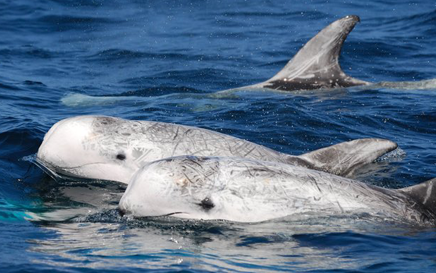
SHORT FINNED PILOT WHALES
Quota for 6 Month Season was 101
74 Driven into the Cove
51 Killed for consumption
1 Sold into slavery to Dolphinariums.
22 Driven back out to sea
52 total stolen from the sea
(49 more allowed to be stolen)
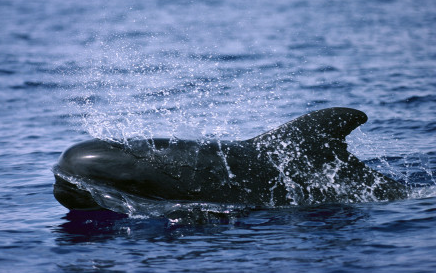
STRIPED DOLPHINS
Quota for 6 Month Season was 450
290 Driven into the Cove
290 Killed for consumption
(160 more allowed to be stolen)
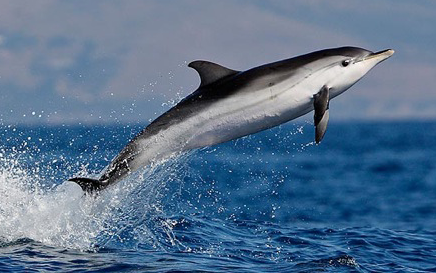
We are basing our numbers on the number of dolphins reported by the Japanese Fisheries Agency and we know that the dolphins they lose in the drive hunts, that have heart attacks and sink to the bottom, pregnant mothers who lose their babies in the drives due to stress are not accounted for. Click here to read this amazing article from Take Part.com written by Richard O’Barry the founder and director of the Dolphin Project, which is a member of Participant’s Social Action Network, affiliated with the social action campaign supporting The Cove: DolphinProject.net Please don't support captivity, help us make it a Blue Cove forever!
QUICK FACTS ABOUT DOLPHINS & WHALES ~ Click here for a list of Captive Dolphins.
• They live in large social groups called pods. They are self aware, they experience emotions, engage themselves in some degree of abstract, conceptual thought, choose their actions, learn by observing, understand the structure of their environment, learn what works and what doesn't by solving problems. They also create new solutions to problems.
• In the wild female dolphins sexual maturity age can range from 5 to 13. For males it is often much later with the range being from 9 to 14 years of age. Mature female dolphins generally give birth every 2-4 years.
• Calves will consume milk from their mother for 1 - 2 years, sometimes longer. They will be introduced to fish and squid around 4-6 months of age. The fat in the milk helps them to grow very quickly. After being fully weaned, the males will leave the pod and either create their own pod or join another one. The female offspring may live in the same pod as their mother for their entire life. If they do leave, they will be within a very close proximity.
• They use eco-location to hunt for food, they also uncover buried prey on the sea floor, both of which they are being deprived of in captivity.
• Dolphins swim 100's of miles and can dive anywhere from 10-150 ft. deep but they can dive deeper than that. Deepest dive ever recorded was 300 meters (990 feet) - Bottlenose.
• Unlike humans, dolphins have to be conscious to decide when to breathe. If they went into a deep sleep they would stop breathing and suffocate. So, their solution is to let only one half of their brain sleep at a time. This way they get the rest they need but stay semi-conscious to continue breathing and look out for any dangers.
• Captive dolphins and Orca's in a facility often come from different regions and populations. Dolphins in captivity are often forced to live with other species that may have trouble communicating with one another, and may not get on with one another, including species that would never meet in the wild.
• In recent years is the existence in some whale and dolphin species of special brain cells known as spindle cells or Von Economo neurones.
Spindle cells are thought to be responsible for ‘rapid intuitive choice in complex social situations’ and are associated with emotions such as empathy. Until relatively recently it was believed that these special brain cells were only found in the brains of humans and some primates. Research now shows that spindle cells are present in the brains of the following whale and dolphin species: (www.USwhales.org)
Humpback whales
Fin whales
Sperm whales
Orcas
Belugas
Bottlenose dolphins and
Risso’s dolphins
• A study of southern resident killer whales in the North Pacific recorded an animal diving up to 264m (866 ft.) Researchers believe that at least some killer whales can dive to at least 350m (1,148 ft.) Adult males killer whales dive more often and deeper than adult females.
• Beluga Whale females can dive up to 1,000 feet deep in the wild and the males can dive 2,000 ft.
• In order to train these cetaceans for captivity, food deprivation is used. They are fed dead frozen fish, some with medication in them.
• Whales & Dolphins are artificially inseminated in captivity, most being too young. The ones bred in captivity have never been around a pod where they are taught over years to care for babies by the matriarchs of the pod. Some are rejected by the mothers, most do not survive captivity and if they do, the young are separated from their families and shipped to different marine parks.
• Not enough time is taken between artificial insemination periods, which causes a high rate of mortality, either by miscarriage or after they are born.
DANGER: DOLPHIN MEAT IS POISONED BY MERCURY
People Should Not Eat Dolphin or Whale Meat
We know, from Japanese scientists, that dolphins and small whales are heavily contaminated by mercury. No one should be eating meat from dolphins and small whales.
Yet the Japanese government, fully aware of the dangers of mercury contamination, ignores this problem and allows mercury-poisoned dolphin and whale meat to be sold in markets. Japanese consumers are exposed to danger but not warned.
Mercury is the second most toxic poison in the world, second only to plutonium. Mercury attacks the brain and the nervous system, causing horrible damage to eyesight, hearing, and motor-skills, as well as interfering with memory and thought processes leading to dementia. It further attacks fetuses in pregnant women, causing terrible life-long brain damage. Mercury kills. Read entire article here. (Source: savejapandolphins.org)
If you consume dolphin meat, please be aware of the health risks associated with consumption of cetaceans.



